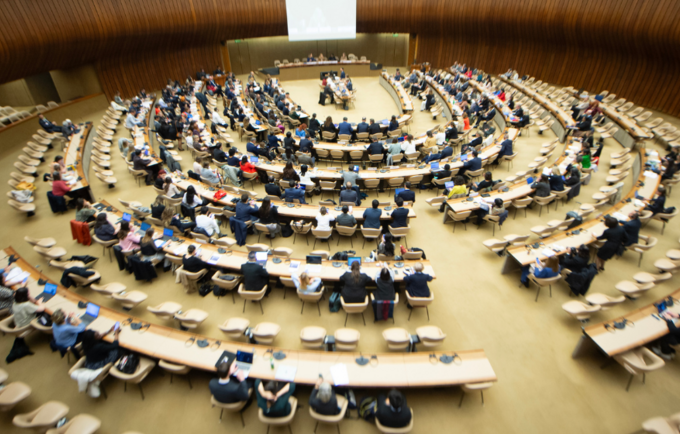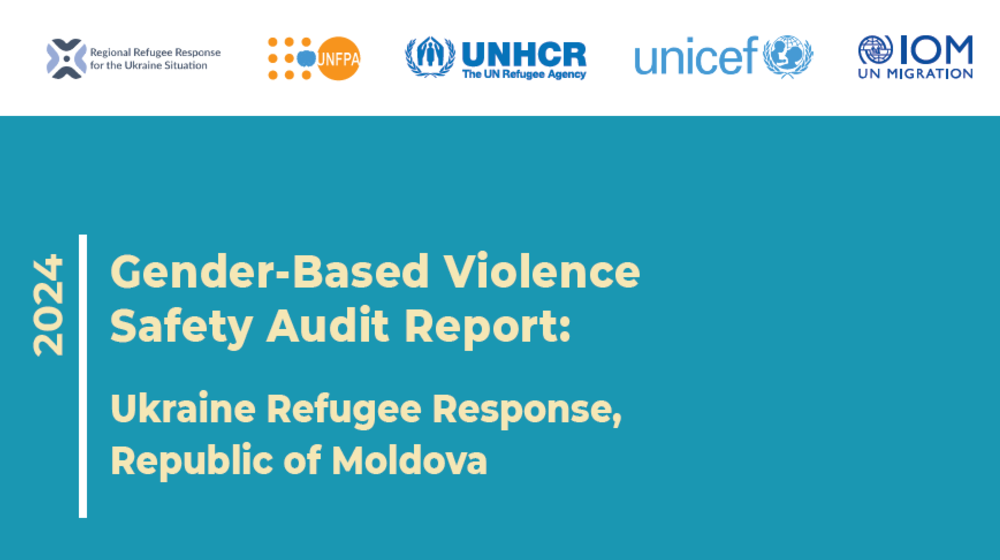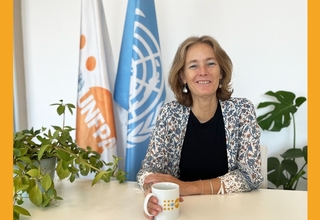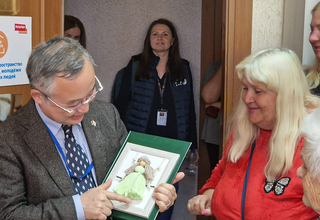GENEVA, 19 October 2023 – With the wider European region facing the impacts of several overlapping crises, including the aftermath of the COVID-19 pandemic and the ripple effects of the war in Ukraine and other conflicts in the region, speakers at a high-level regional population conference in Geneva today stressed that investing in the well-being and choices of people must remain a key priority for enabling countries to address current socio-economic and demographic challenges and make the most of the opportunities that also present themselves.
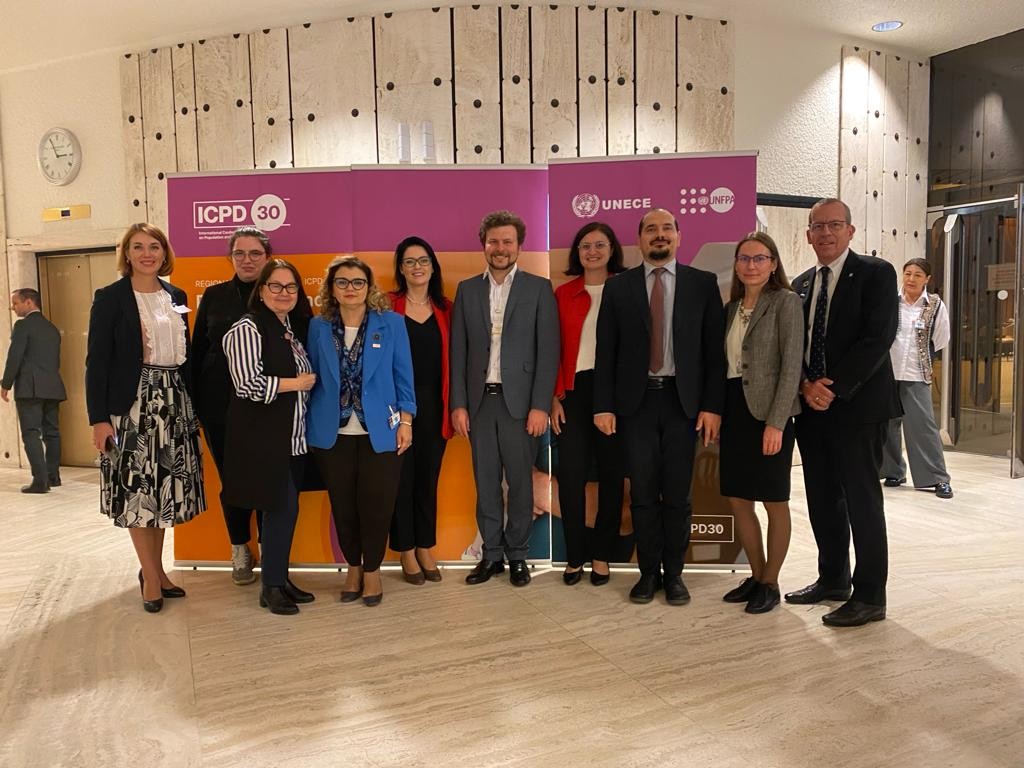
The two-day conference, entitled “Population and Development: Ensuring Rights and Choices,” is organized by the UN Economic Commission for Europe and UNFPA, the United Nations Population Fund, to review progress towards the goals adopted by the landmark 1994 International Conference on Population and Development (ICPD) in the UNECE region, comprising 56 member States in Europe, North America and Central Asia.
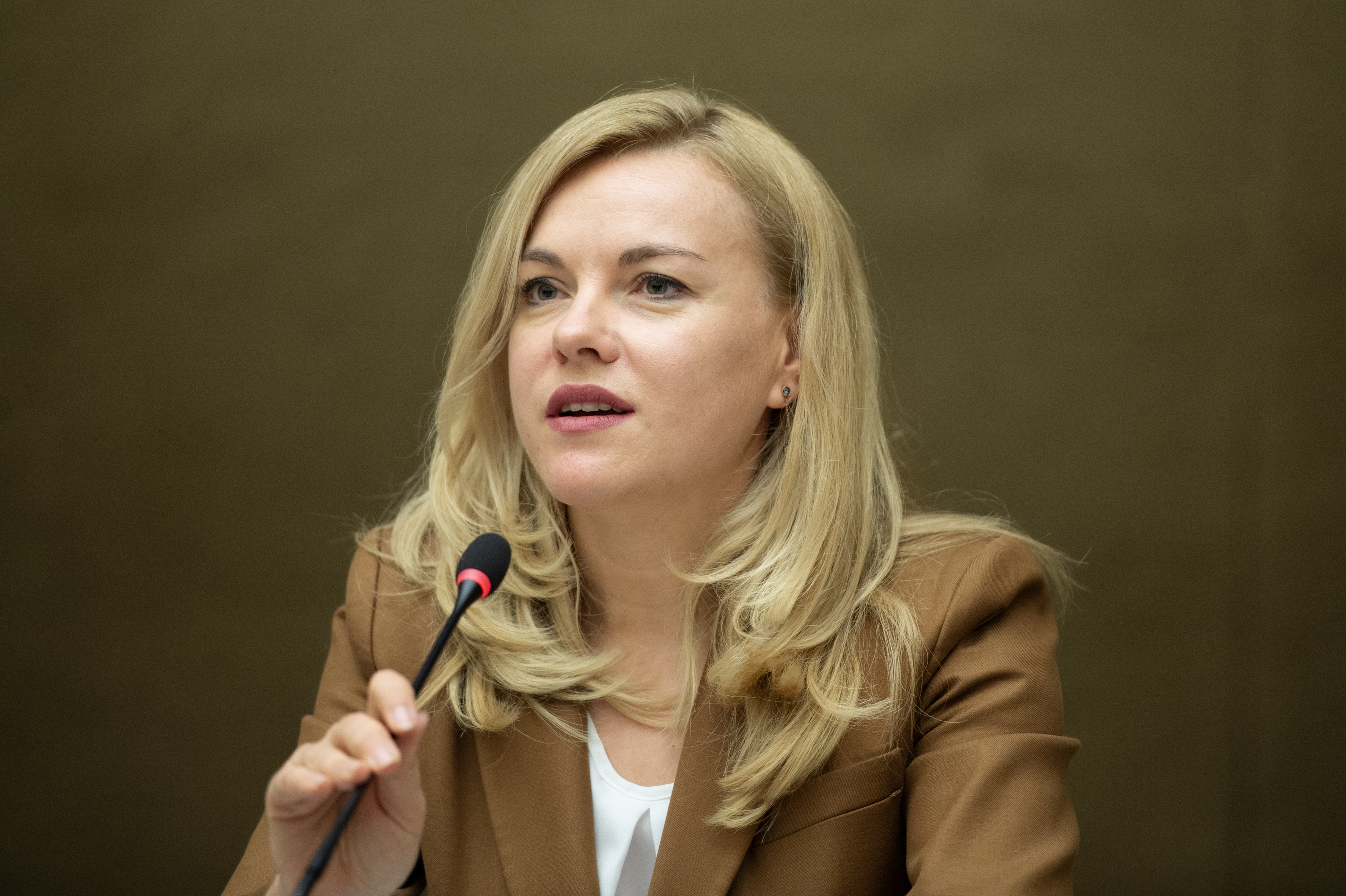
“The UNECE region remains at the forefront of global demographic transformation. Most countries are facing, or will soon face, declining fertility, ageing populations and projected population decline. These changes present challenges, but they also present opportunities. The ICPD Programme of Action provides an essential roadmap for policy approaches that capitalize on the potential of individuals, and strengthen societies amid new demographic realities”, said Tatiana Molcean, UNECE Executive Secretary.

“As concerns are on the rise on the effects of demographic change, the principles agreed at the ICPD, and later reflected in the SDGs, serve as a framework for finding constructive, forward-looking and long-term solutions that benefit individuals and societies as a whole,” said Diene Keita, UN Assistant Secretary-General and UNFPA Deputy Executive Director. “Despite increasing polarization, there is more that unites us than sets us apart. It is in the interest of every nation to pursue people-centred development because it creates the conditions for healthy, empowered individuals and vibrant, thriving societies.”
A 210-page report presented to the conference, which takes place ahead of the 30th anniversary of the ICPD in 2024, found that progress has been made overall on achieving many of the ICPD goals, but also raises alarm that in a number of areas progress has slowed or even reversed recently under the impression of various crises and a growing pushback on gender equality and reproductive rights.
The UNECE region’s population is growing and is expected to continue its increase for the next decades, mostly due to immigration, as fertility rates are on the decline and a growing number of countries are seeing their populations get smaller and older, according to the report. Working-age populations have continued to shrink across the region except in Central Asia, where fertility rates remain high.
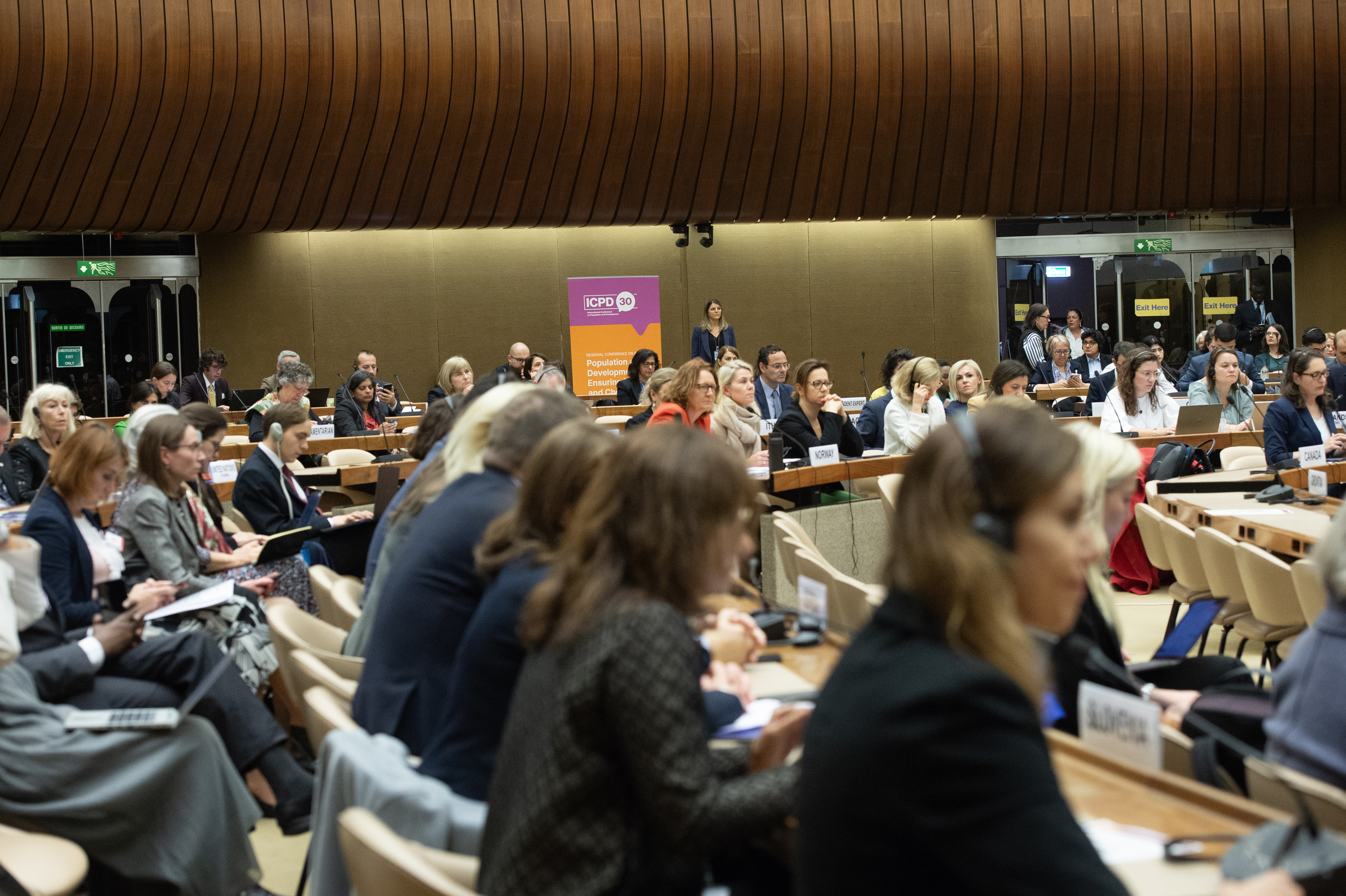
Net migration into the region has dropped to its lowest level since 1994, though the report notes significant regional diversity. The report notes that receiving countries must continue to facilitate the integration of migrants into labour markets and society, ensuring access to decent work, education, and healthcare. It further highlights that as the intensity and complexity of international migration deepens, all member States can further protect the rights of migrants and facilitate safe, orderly and regular migration.
People live longer and healthier lives, the report found. Fewer women die giving birth today compared to twenty years ago, and fewer teenagers give birth after getting pregnant unintentionally. Programmes supporting men and women with reconciling work and family responsibilities are more widely available.
At the same time, progress on reducing maternal mortality has slowed recently and mortality rates have even been on the rise in about a third of all countries in the region. Gender-based violence remains rampant across the region, and surveys even indicate a worrying increase in the social acceptability of violence against women in several countries. Child marriage, while not very common overall, remains high in some countries and communities. The usage rate of contraceptives has remained virtually unchanged over the past decades, with very low usage rates, and high unmeet need, of modern contraceptives in parts of Eastern Europe, in particular.
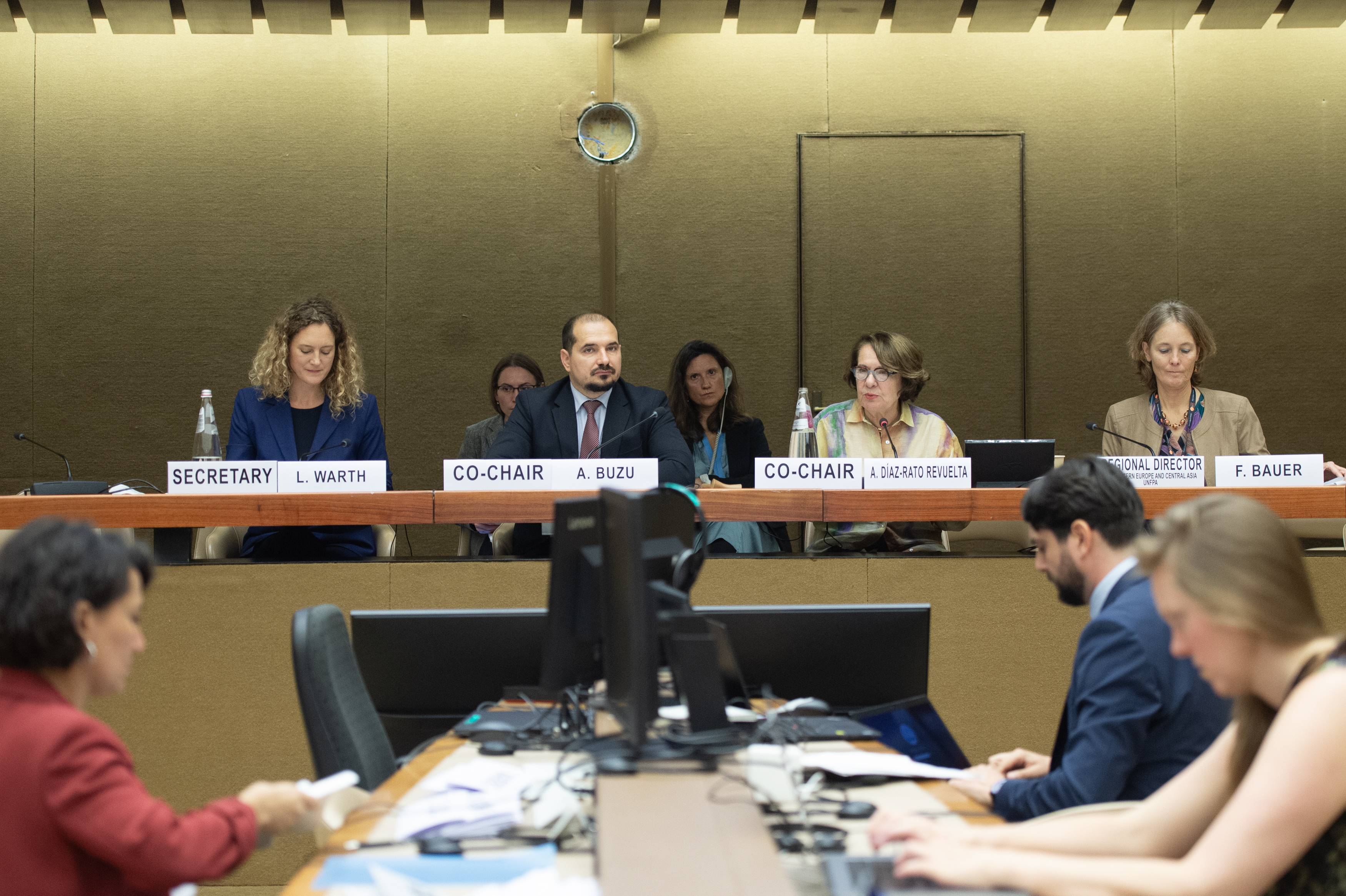
Strong east-west divides remain in a number of other areas: in Eastern European countries, young people are less likely to have access to comprehensive sexuality education in schools, HIV prevalence and mortality are significantly higher, and women are less likely to be vaccinated against, or tested for, cervical cancer, resulting in much higher mortality rates.
The conference brings together over 300 representatives of governments, including ministers and other high-level officials, civil society and academia, as well as parliamentarians and young people.
The Conference will set priorities for sustaining progress and addressing setbacks across three main themes: (1) population dynamics and sustainable development; (2) families and sexual and reproductive health over the life course; and (3) inequalities, social inclusion and rights.
For more information contact
- Jean Rodriguez, UNECE, jean.rodriguez@un.org, +41 (0) 22 917 27 27
- Jens-Hagen Eschenbaecher, UNFPA Eastern Europe and Central Asia, eschenbaecher@unfpa.org, +905497483655
Facts and figures
- The total population of the UNECE region amounts to 1.3 billion people, 160 million more than in 1994. By 2050, the population of the region is projected to increase by an additional 40 million.
- 38 of the 56 countries in the region have a larger population today than in 1994, and 18 countries, in Eastern and Southeastern Europe, have experienced a population decrease.
- The total fertility rate in the region is 1.69 children per woman of reproductive age, a decrease from 1.83 in 2015.
- 19 of the 56 countries in the region have fertility rates below 1.5 children per woman of reproductive age.
- The total fertility rate has dropped by 10 per cent or more since 2015 in some of the most populous countries in the region, including the Russian Federation, Türkiye, Ukraine, the United Kingdom and the United States. Fertility rates are lowest in Southern Europe (Andorra, Italy, Malta, San Marino, Spain, Portugal), South-Eastern Europe (Albania, Bosnia and Herzegovina, Cyprus, Greece, North Macedonia) and Ukraine. The five Central Asian countries, Georgia, Israel and Monaco are the only countries in the region with a total fertility rate at or above replacement level.
- The trend towards later childbearing has continued, with the mean age of women at first birth having increased to 29.7 years, from 29.1 years in 2015.
- Life expectancy at birth is estimated at 76.2 years for men and 82 years for women, an increase from 74.7 and 80.9 years respectively since 2015.
- Population ageing has continued, with persons aged 65 years and older accounting for 17.6 per cent of the UNECE total population and exceeding 20 per cent in 24 of the 56 countries in the region.
- At the regional level, net migration is positive, though it has declined sharply since the peak of the Syrian refugee crisis in 2015.
- Since 2015, all countries in Central Asia, most countries in the Balkans and South Caucasus regions, and Bulgaria, Greece, Latvia, Lithuania, Turkiye and Ukraine have experienced negative net migration. Net migration has been positive since 2015 in other countries in the region, with the largest inflows to the United States of America, the Russian Federation and Germany.
- Cyprus, Ireland, Luxembourg, Norway and Switzerland recorded migration-driven population increases of 20 to 40 per cent between 2000 and 2020.
- Maternal mortality in the region declined from an average of 22 to 12 deaths per 100,000 live births between 2000 and 2020. Progress has slowed, and the maternal mortality ratio increased between 2015 and 2020 in 18 of 52 countries with data.
- Adolescent birth rates fell from an average of 20.3 to 12.6 births per 1,000 women aged 15 to 19 years between 2000 and 2020.
- Contraceptive prevalence (any method) among married or in-union women aged 15-49 has changed little since 2000, with the median value for the region increasing only slightly from 69.6 per cent to 70.6 per cent.
- In the Balkans and South Caucasus, usage rates of modern contraceptives are significantly below regional and global averages and one in three women have an unmet need for a modern method of family planning.
- Comprehensive sexuality education is not yet widely implemented. In 2022, only 28 countries reported having adopted policies requiring mandatory CSE as part of the regular education curriculum or policy (compared with 19 in 2019).
- 160,000 people were newly infected with HIV in Eastern Europe and Central Asia in 2022, a 49 per cent increase since 2010 and the largest increase of any region in the world during this period.
- In Eastern Europe and Central Asia, cervical cancer is the second-most common cause of cancer-related death among women of reproductive age, as women are far less likely to be vaccinated against, and tested for, cervical cancer than in Western Europe.
- Gender-based violence remains pervasive across the region; in half of countries in the region with data, the share of individuals believing it is justifiable for a man to beat his wife has increased over time.
- The gender pay gap has narrowed from 18 per cent in 2015 to 14 per cent in 2020, but women continue to be paid less than men for equal work and they bear the larger share of unpaid care and household work.
